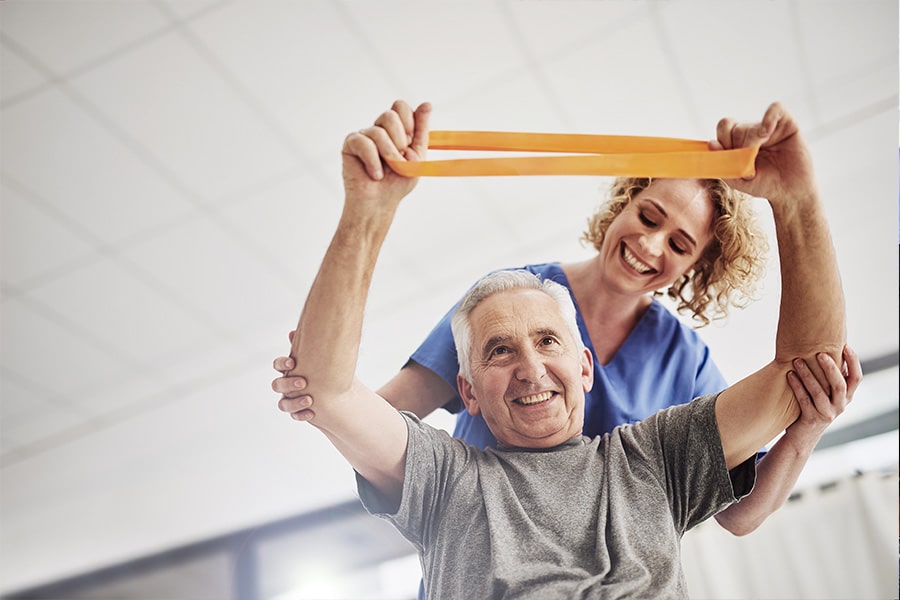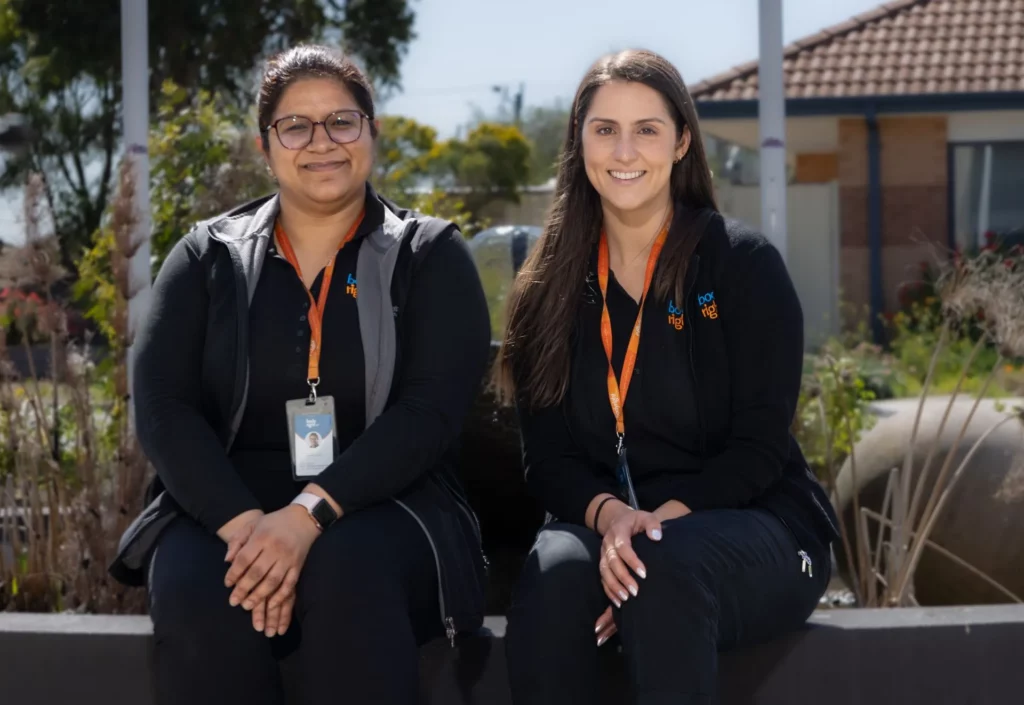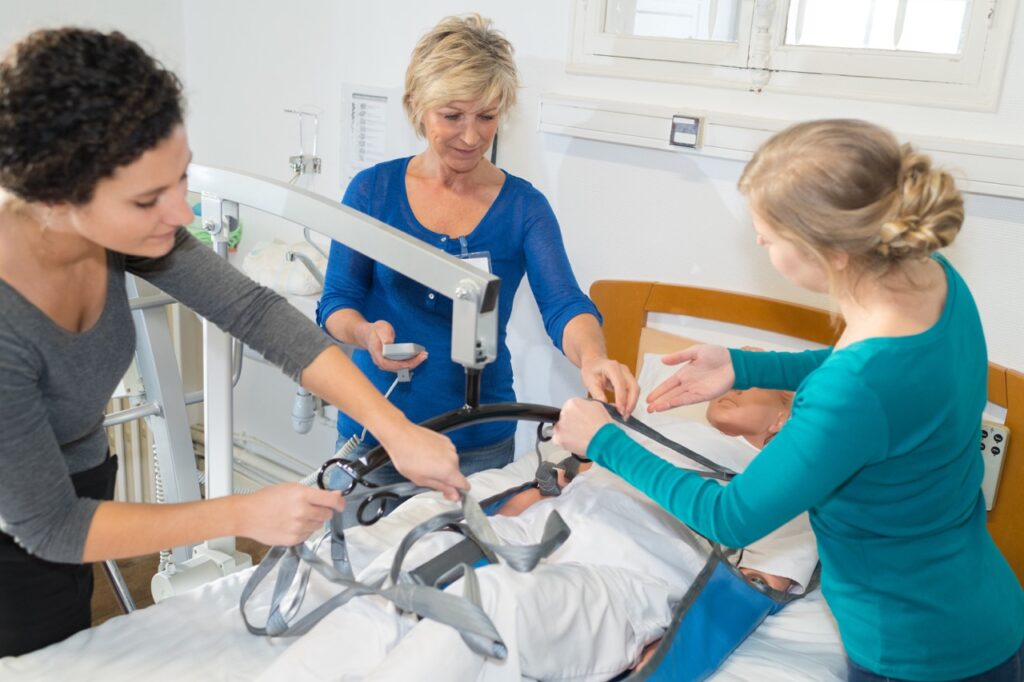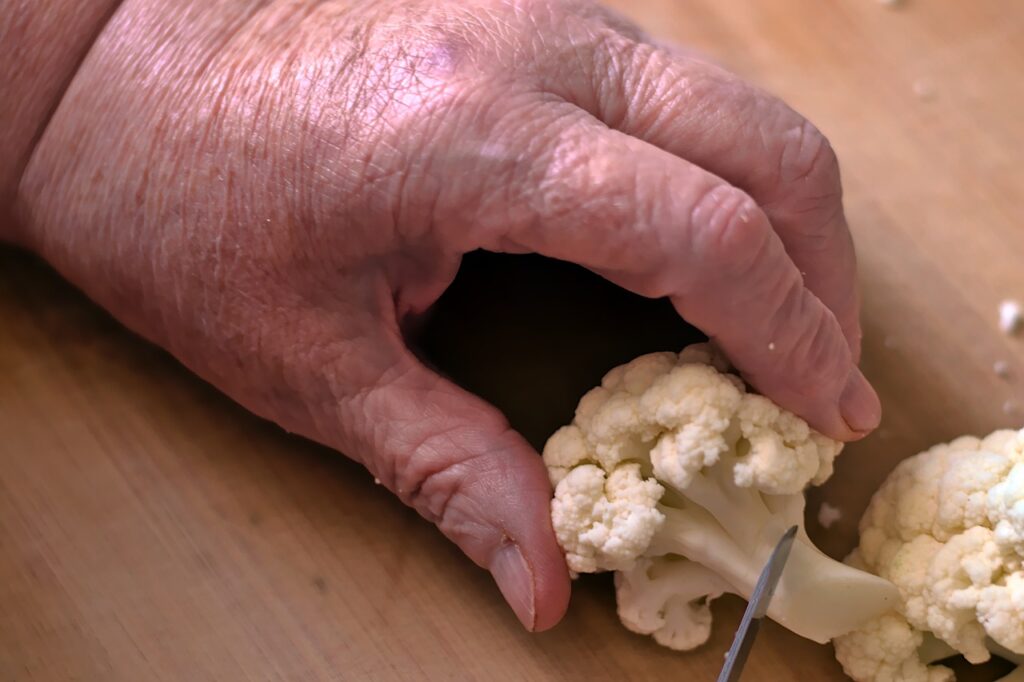Four Facts About Gerontological Physiotherapy
APA Gerontology group national chair Vanessa Jessup, Frances Wallwork (WA chair), Meg Lowry (QLD chair), Scott Lynch (NSW chair), Joanna Tan (SA chair), and national committee members Amanda Cooke, Lindsey Brett, Taree Gibson and Emerson Ciccarello provide discussion points
1 – Dementia and exercise
Exercise can help manage the symptoms of dementia, and slow associated cognitive and physical declines. Physiotherapists are well placed to facilitate the uptake of exercise by people living with dementia. Along with practical skills to provide exercise, physiotherapists use their knowledge to adapt exercise to address the individual needs, capabilities and preferences of the person living with dementia, such as effective communication, awareness of comorbidities and medication, and understanding motivators and barriers to exercise (APA 2012, De Souto Barreto et al 2014).
Stigma and negative attitudes about the capabilities of people living with dementia is a common barrier to participation in exercise (Alzheimer’s Australia 2014). Through simple strategies including close supervision, simple instructions, repetition of similar exercises and physical facilitation, physiotherapists can help people living with dementia successfully participate in exercise; examples include group aerobic classes, strength and balance training, dancing, walking programs and hydrotherapy (Forbes et al 2015, Brett et al 2016, Neville et al 2014, Henwood et al 2015).
Research suggests multimodal exercise interventions that include balance and strength are the most beneficial for people living with dementia (Forbes et al 2015, Brett et al 2016). Studies with people living with dementia have shown exercise can improve or slow the decline in performance of daily activities, mobility, grip strength, behavioural and psychological symptoms of dementia, cognition and mood (Forbes et al 2015, Brett et al 2016, Neville et al 2014 Henwood et al 2015).
2 – Multimorbidity and Physiotherapy
One in four Australians are living with two or more chronic conditions and 30 per cent of people over the age of 80 have seven or more. Physiotherapists are well equipped to become leaders in managing multimorbidity, the co-occurrence of two or more chronic conditions of equal importance, and the complexities often associated with multimorbidity including physical and functional decline, increased hospitalisation, reduced participation in daily roles, reduced quality of life, psychological and social impairments, and barriers to physical activity.
What can we do, as physiotherapists, to manage this vulnerable, growing population? We can minimise disease-specific treatment plans and consider the whole individual, including interactions between conditions (eg, be aware of polypharmacy), we can engage with clients to negotiate priorities and set meaningful goals (tip: use SMART goals, GAS or self-management programs such as the Flinders model), we can provide clear communication between healthcare settings to streamline the continuum (eg, write GP letters, give comprehensive handovers).
Physiotherapists can also advocate and provide referrals to appropriate multidisciplinary team members, consider motivational issues the client may face and address environmental factors contributing to their adherence (eg, access to transport, social supports, mental health resources) and stop excluding participants with multimorbidity from research trials, so that effective interventions can be discovered.
3 – Falls Prevention
Gerontological physiotherapists are ideally placed to take a prominent role in falls prevention. Our assessments use a comprehensive biopsychosocial approach. Falls risk assessment requires examination of both intrinsic (eg, balance, strength, vision) and extrinsic (eg, environmental hazards, footwear, walking aids) risk factors.
Following assessment, we develop and deliver tailored exercise interventions while collaborating within multidisciplinary teams for specific risk factor management as required. Effective falls prevention interventions differ between community, residential care and hospitals settings (safetyandquality.gov.au). Cochrane reviews summarise current evidence (Gillespie et al 2012, Cameron et al 2012).
There is strong evidence (Gillespie et al 2012, Sherrington et al 2017) for exercise as an effective intervention for community-dwelling older persons. Best practice recommendations (Sherrington et al 2017) detail the key components of effective balance programs and recommend that exercise provide a high challenge to balance, of sufficient dose to have an effect (≥ 3 hours per week) and be ongoing. It may be undertaken in a group (eg, tai chi, work station) or domiciliary setting and can include a strengthening and walking component performed in addition to, but not instead of, balance training.
Brisk walking for high-risk individuals should be avoided. Evidence of exercise as an effective intervention within residential aged care is emerging (Hewitt et al 2018). Physiotherapists should refer to their multidisciplinary colleagues for other risk factors to be addressed.
4 – Digital Technology and the Older Population
Although digital assistive technology is emerging quickly, research of clinical effectiveness is lagging. There’s inconclusive evidence for digital activity trackers (eg, Fitbit) as a lifestyle change intervention in the older adult population. Furthermore, the accuracy of the measured parameters is questionable at slower gait speeds (Sullivan & Lachman 2017).
Similarly, the most recent systematic review on the effectiveness of virtual reality (VR) interventions on physical performance measures was inconclusive (Molina et al 2014). Since then, a large randomised controlled trial found treadmill training with VR to be more effective in reducing falls rates than treadmill training alone (Mirelman et al 2016).
With some evidence emerging for VR as a pain management intervention in younger populations (Li et al 2011, Jones et al 2016), physiotherapists are exploring the plausibility of transference to residential aged care populations.
There is good evidence that exergames can reduce fall risk (Gschwind et al 2015), improve balance and functional strength (Taylor et al 2018), and enhance some aspects of cognition (Stanmore et al 2017). However, there are considerable access and navigation barriers with common off-the-shelf exergames (eg, Nintendo, Wii fit). Most fit-for-purpose exergames remain in the research and development phase.
Watch this space and explore with caution:
• digital assessment apps: Functional Vitals, SPPB Test, SPPB Calculator, Gait Speed.
• exergames: iStoPPFalls, Standing Tall, Mira Rehab, Smart Step, HUR SmartBalance, Clock Yourself.
• podcasts: MDTea, Senior Rehab Project, FoxCast PT.




